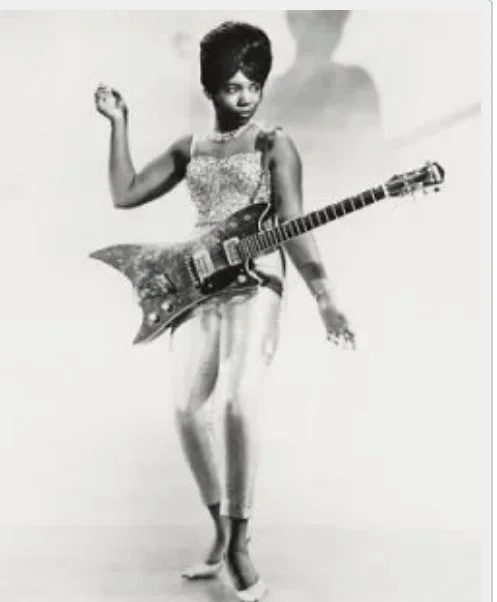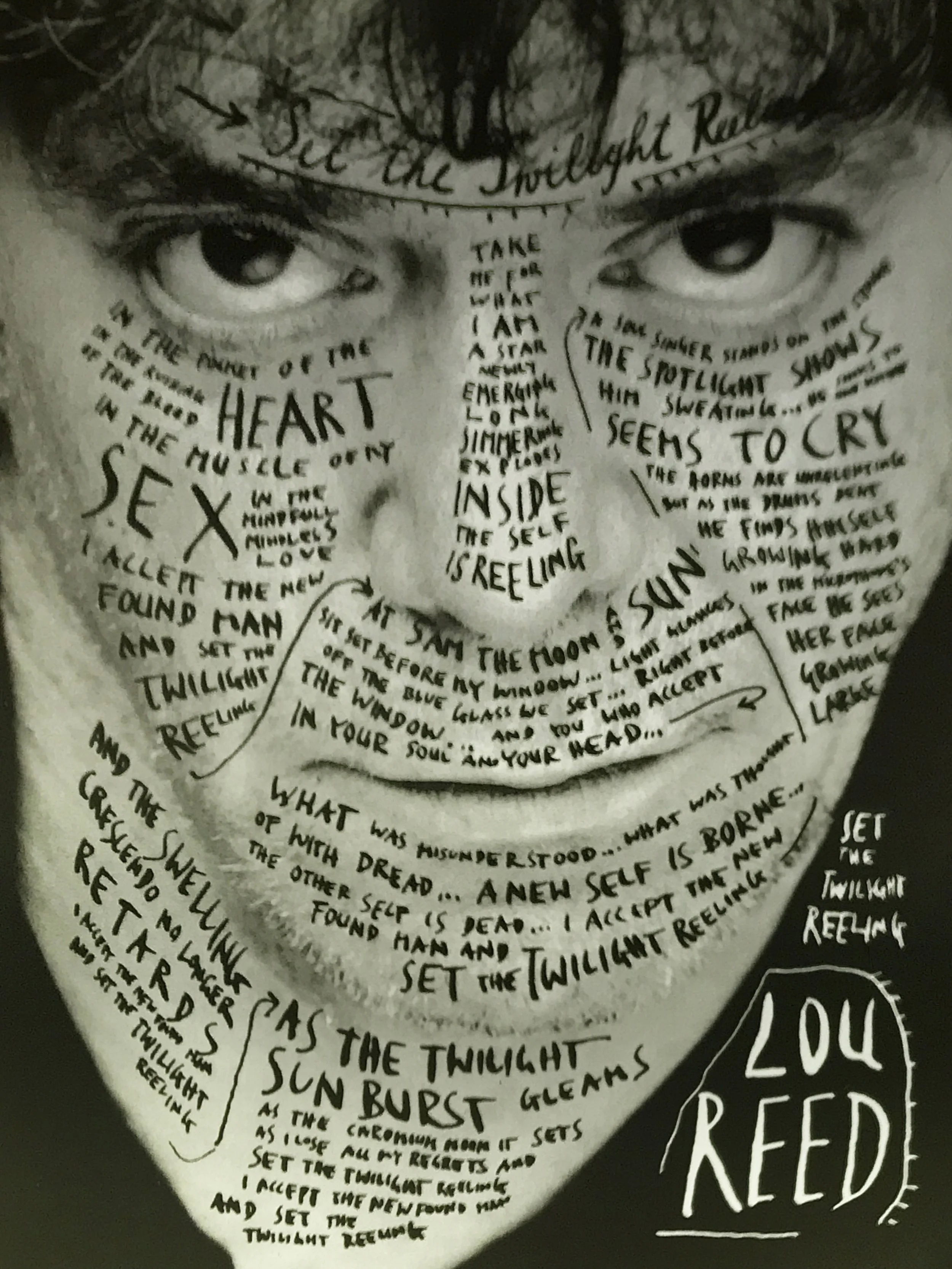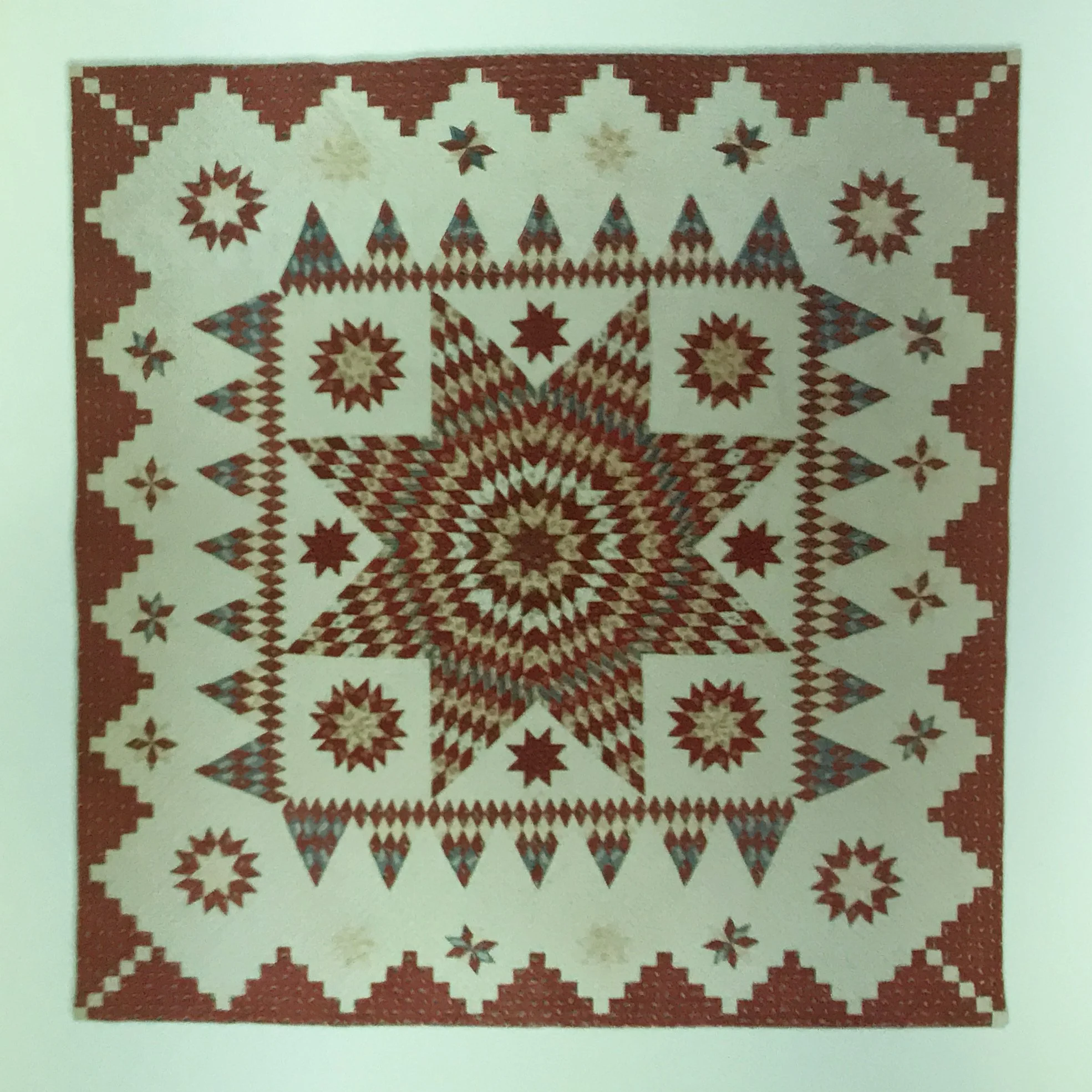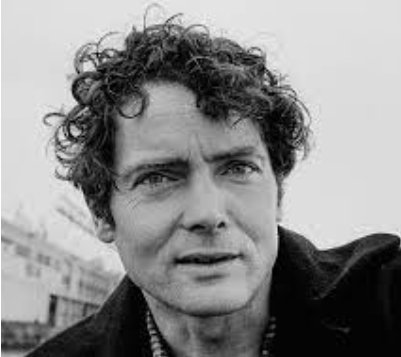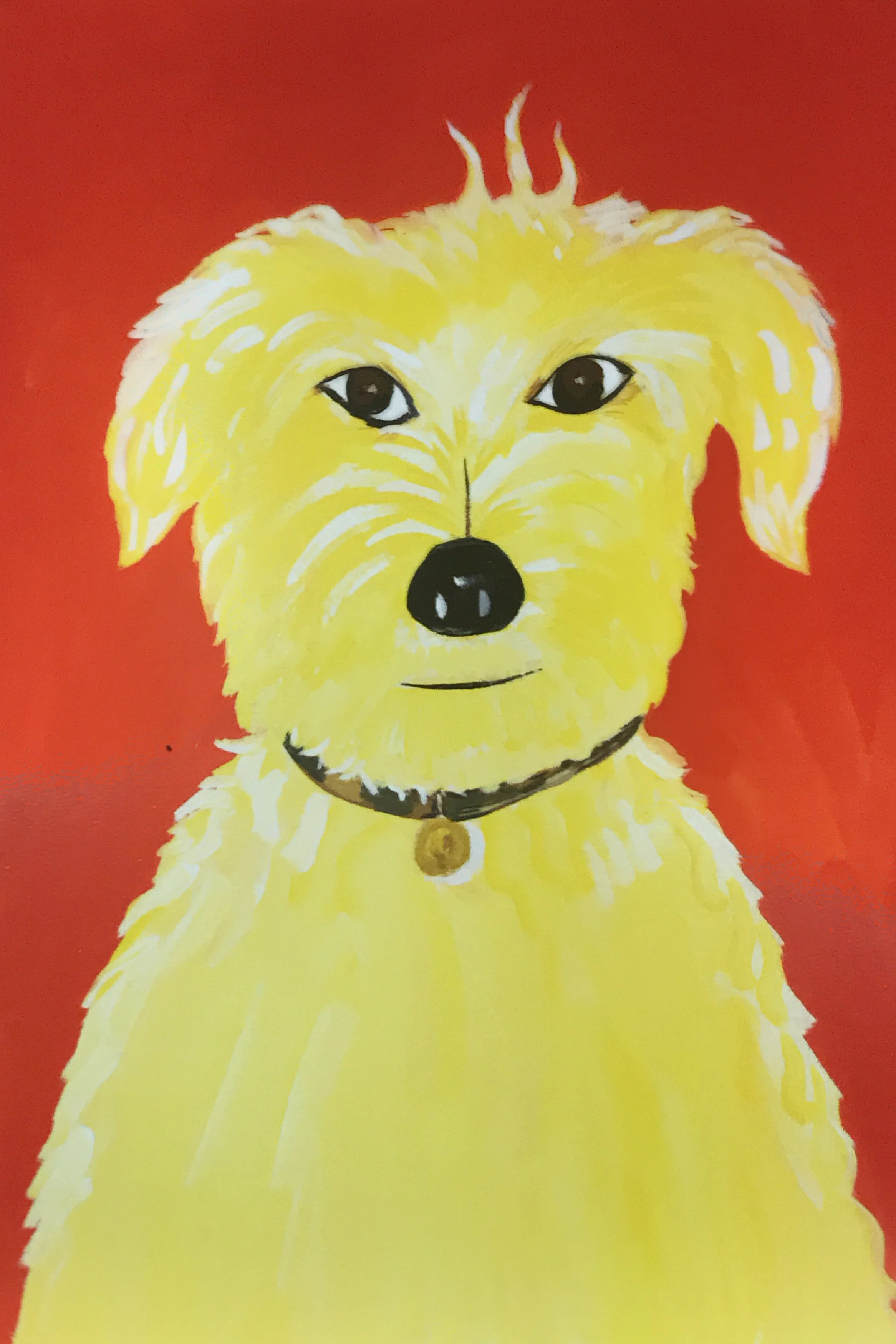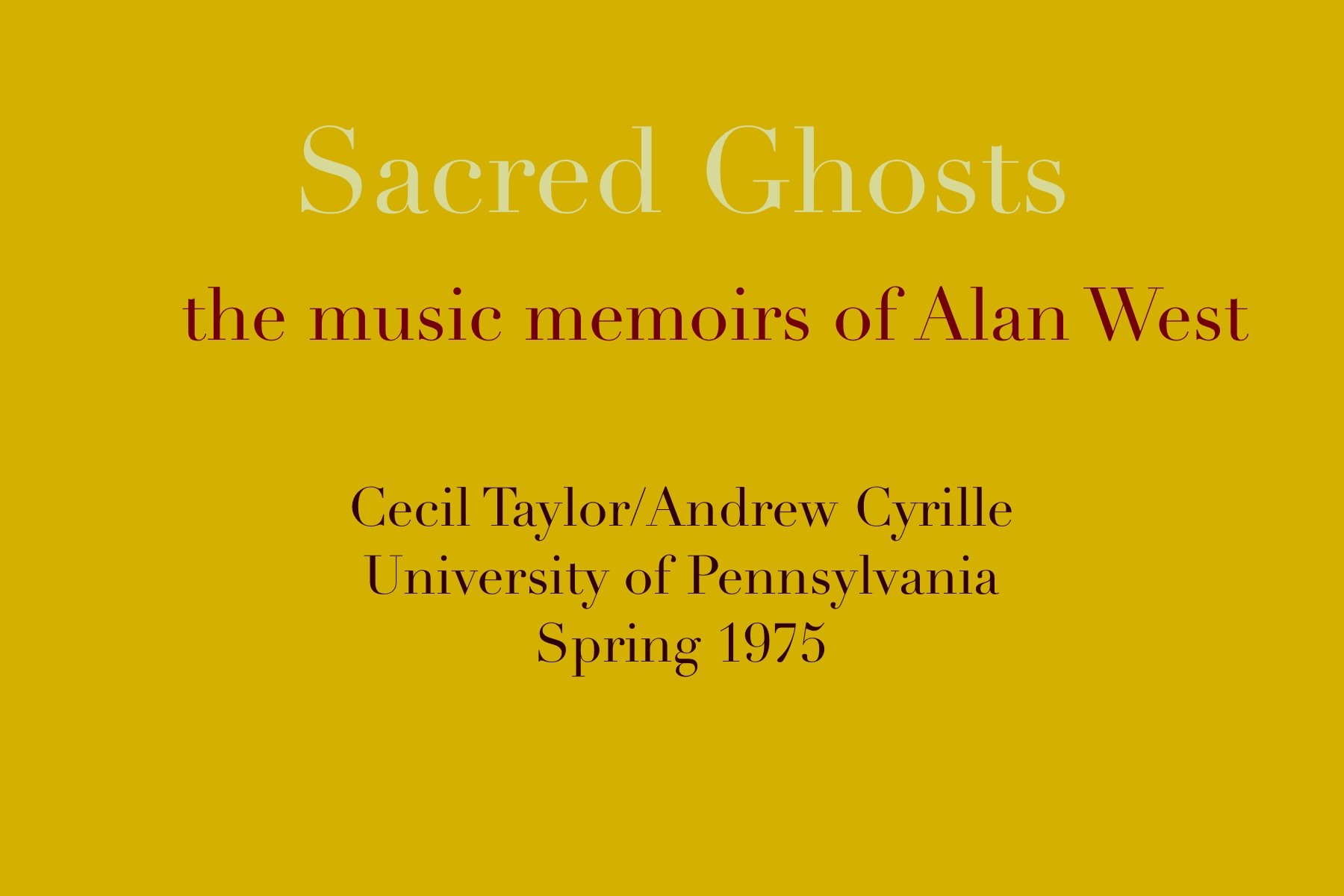Soul guitar pioneeress Peggy Jones “Lady Bo” who cut her teeth playing with Bo Diddley
Hannah Huxley, England 1832
Poet W.S. Merwin
“227 Waverly Place
When I have left I imagine they will
repair the window onto the fire escape
that looks north up the avenue clear
to Columbus Circle long I have known
the lights of that valley at every hour
through that unwashed pane and have watched with no
conclusion its river flowing toward me
straight from the featureless distance coming
closer darkening swelling growing distinct
speeding up as it passed below me toward
the tunnel all that time through all that time
taking itself through its sound which became
part of my own before long the unrolling
rumble the iron solos and the sirens
all subsiding in the small hours to voices
echoing from the sidewalks a rustling
in the rushes along banks and the loose
glass vibrated like a remembering bee
as the north wind slipped under the winter sill
at the small table by the widow until
my right arm ached and stiffened and I pushed
the chair back against the bed and got up
and went out into the other room that was
filled with the east sky and the day replayed
from the windows and roofs of the Village
the room where friends came and we sat talking
and where we ate and lived together while
the blue paint flurried down from the ceiling
and we listened late with lights out to music
hearing the intercom from the hospital
across the avenue through the Mozart
Dr Kaplan wanted on the tenth floor
while reflected lights flowed backward on the walls.”
“Why do we build the wall?
My children, my children
Why do we build the wall?
Why do we build the wall?
We build the wall to keep us free
That’s why we build the wall
We build the wall to keep us free
How does the wall keep us free?
My children, my children
How does the wall keep us free?
How does the wall keep us free?
The wall keeps out the enemy
And we build the wall to keep us free
That’s why we build the wall
We build the wall to keep us free
Who do we call the enemy?
My children, my children
Who do we call the enemy?
Who do we call the enemy?
The enemy is poverty
And the wall keeps out the enemy
And we build the wall to keep us free
That’s why we build the wall
We build the wall to keep us free
Because we have and they have not!
My children, my children
Because they want what we have got!
Because we have and they have not!
Because they want what we have got!
The enemy is poverty
And the wall keeps out the enemy
And we build the wall to keep us free
That’s why we build the wall
We build the wall to keep us free
What do we have that they should want?
My children, my children
What do we have that they should want?
What do we have that they should want?
We have a wall to work upon!
We have work and they have none
And our work is never done
My children, my children
And the war is never won
The enemy is poverty
And the wall keeps out the enemy
And we build the wall to keep us free
That’s why we build the wall
We build the wall to keep us free
We build the wall to keep us free”
Anais Mitchell’s head on tackle of the immigration dilemma is one of the most expertly crafted works I have run across. It’s yet another shining example of how a three minute plus piece can lay bare a complex issue. The song structure builds from the poignant rhetorical questions posed by narrator Greg Brown as a yearning female chorus attempts to weave back answers to them. The dialogue’s atmosphere is brooding and shadowed by uncertainty.
Perhaps her careful repositioning of the relationships between the enemy, poverty, work, freedom, children and wall building allow us to see each in a new way. Which of them is the largest elephant in the room? But in her diorama we can experience a place to examine both how they influence one another and how their interplay might be different. Music often provides such testing grounds . A setting to simplify, maybe the skills to learn when to duck, or draw back the curtain of obfuscation. So if this is an issue of interest to you, give this formidable contribution to solving it a few listens.
Drawing by illustrator Maira Kalyan @ the Eric Carle Museum of Picture Book Art, Amherst, MA.
“I don’t like like that man.
I must get to know him better.”
“Cecil Taylor/Andrew Cyrille
University of Pennsylvania
Spring 1975
“If you take the creation of music and the creation of your own life values as your overall goal, then living becomes a musical process.” Cecil Taylor
My introduction to the music of Cecil Taylor was his ground breaking recording Unit Structures. This septet recording done at the legendary Rudy Van Gelder studio in May 1966 featured Eddie Gale, trumpet, Jimmy Lyons alto, Ken McIntyre alto, oboe and bass clarinet, Henry Grimes and Alan Silva on basses, Andrew Cyrille, drums and Cecil on piano. I found this recording in 1969 thanks to the urging of an upperclassman who stated, “Taylor’s music makes Captain Beefheart sound like Mickey Mouse.” I’ll never forget the quote and whether Trout Mask Replica is a gateway drug to Cecil Taylor’s music, I’ll leave that debate to others. Suffice it to say that Unit Structures ranks with Coleman’s Free Jazz, Ayler’s Spiritual Unity and Coltrane’s Ascension as four of the major works in what was dubbed “avant-garde” jazz.
Taylor began his studies on the piano at the ripe old age of five. He went on to study at the New York College of Music and the New England Conservatory. He acknowledged the influence of Duke Ellington, Thelonious Monk, Errol Garner and Horace Silver on his playing, but also the work of composers Stravinsky, Bartok and Stockhausen. Taylor was an aggressive player, whose uncompromising percussive style limited the extent of his audience. He passed away at 89 years old in 2018.
In 1975 he was performing at a very high level and Cyrille had been his mate for nine years, developing a close chemistry. Taylor was on the left-hand side of the stage at his preferred Bosendorfer piano – sitting directly across from Cyrille and his drum kit on the right hand side. They faced one another and not the audience.
Their playing was outstandingly energetic, complex and synergistic and the small audience responded with a standing ovation.
Years later when managing a concert series in Worcester I had the pleasure of booking Andrew Cyrille twice. Once for a solo concert at the New England Repertory Theatre and then for a duet concert with long-time Taylor band mate, Jimmy Lyons at the Piedmont Center for the Arts. Andrew is one of the nicest gentlemen I’ve come in contact with.
“All of us come together because there is a certain kind of life-giving ingredient that goes into the kind of music that we make. Even the source of it, it’s what the American situation is concerned, it has been African and the suffering that we’ve had… But what has happened as a result of what we have learned how to do is that we have provided people around the world another methodology to express themselves, to forgive” –Andrew Cyrille
”
